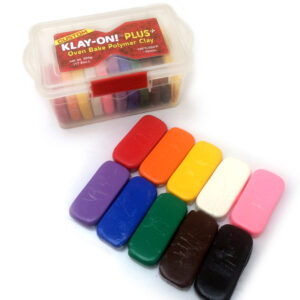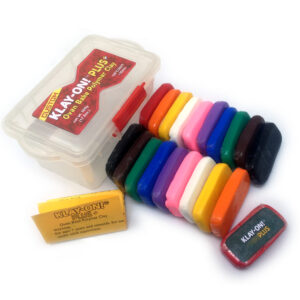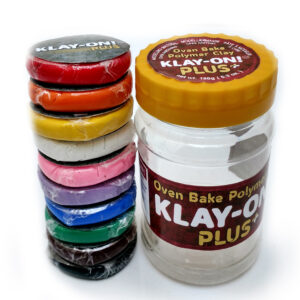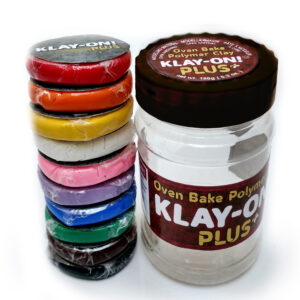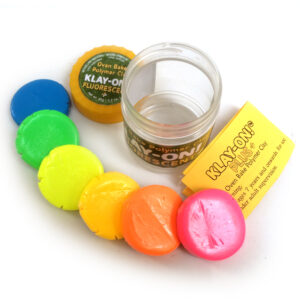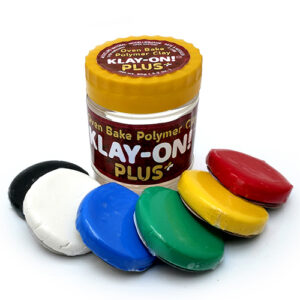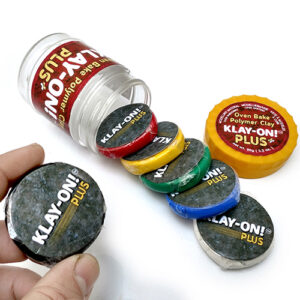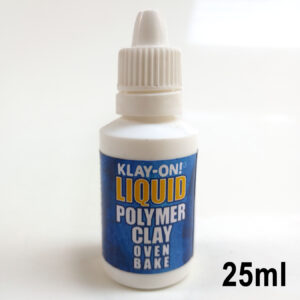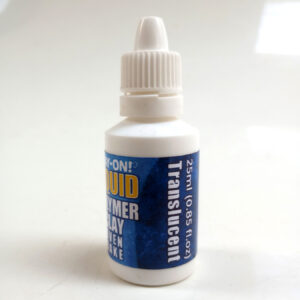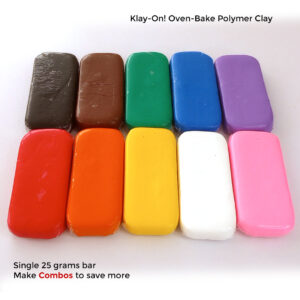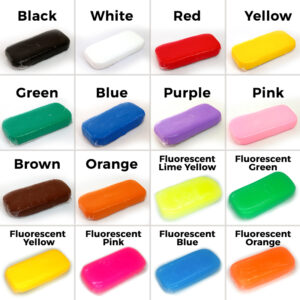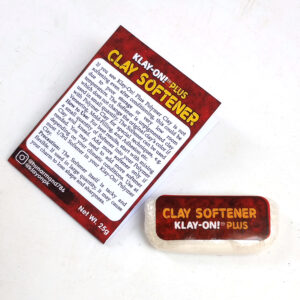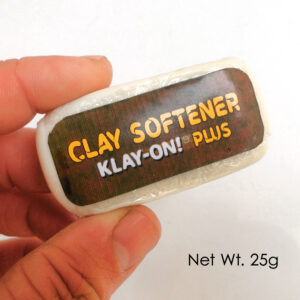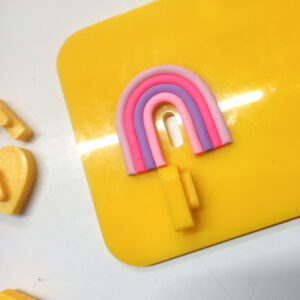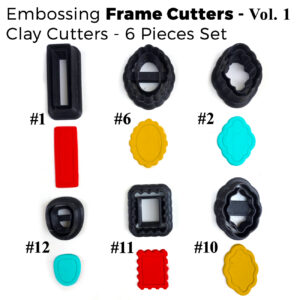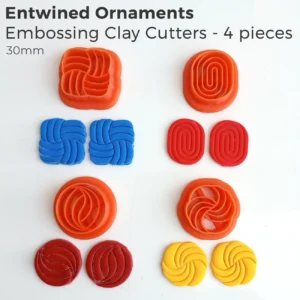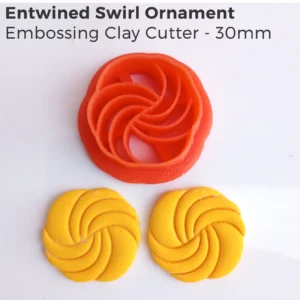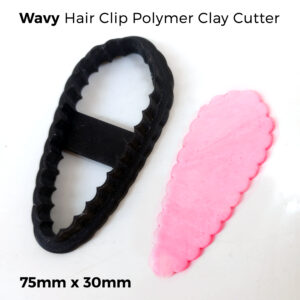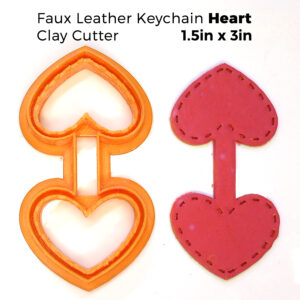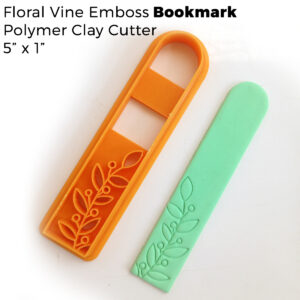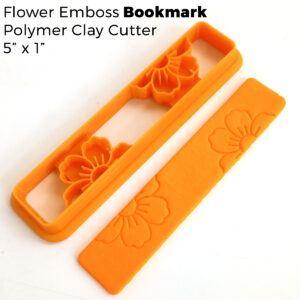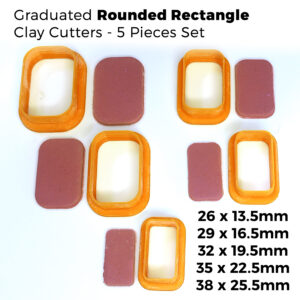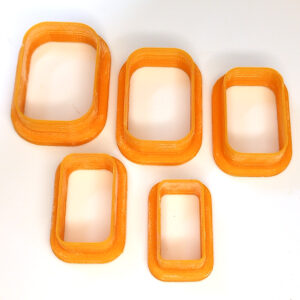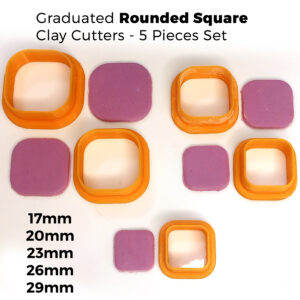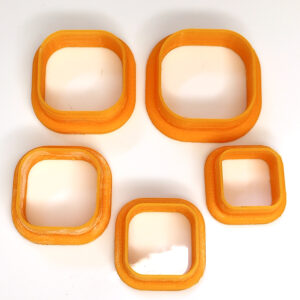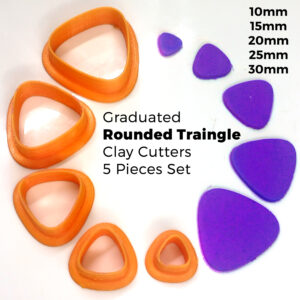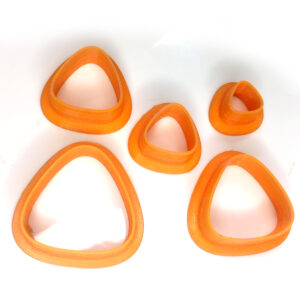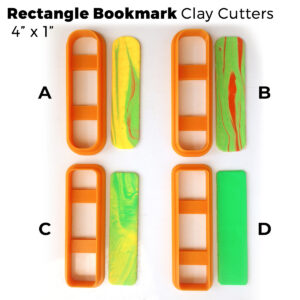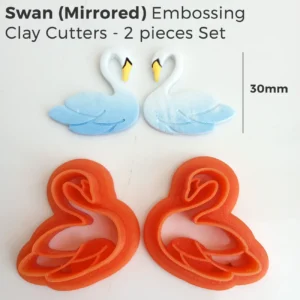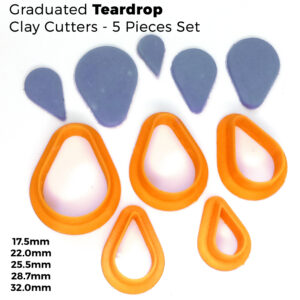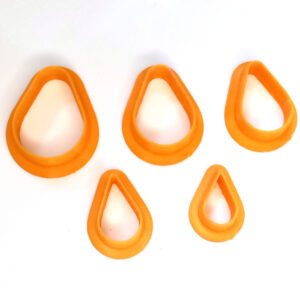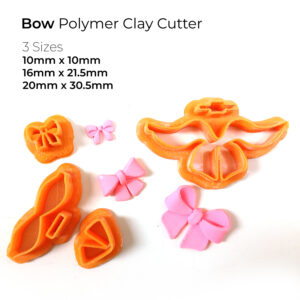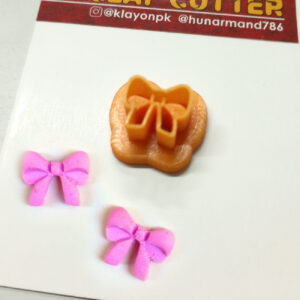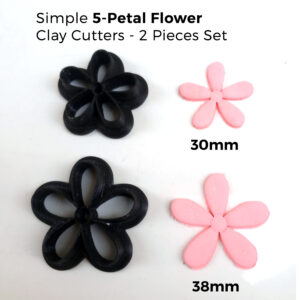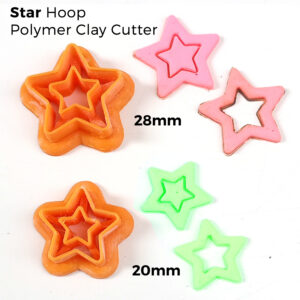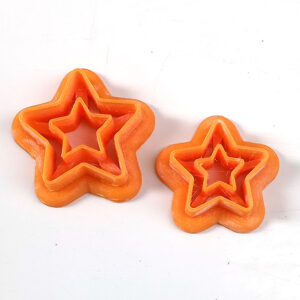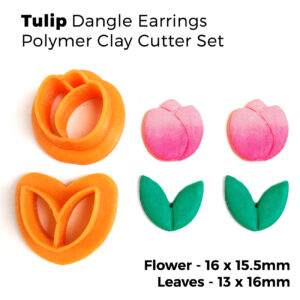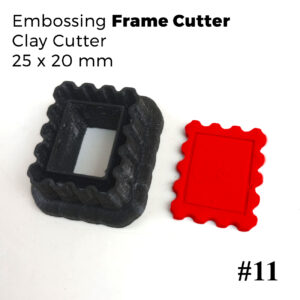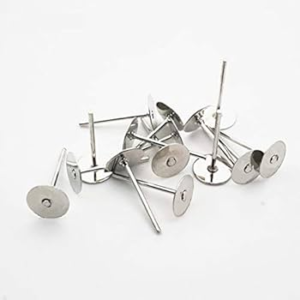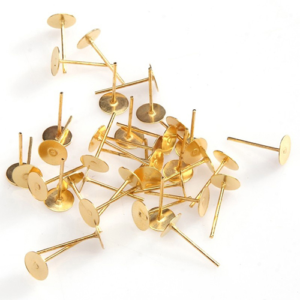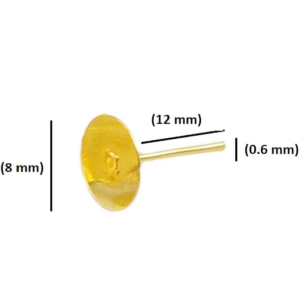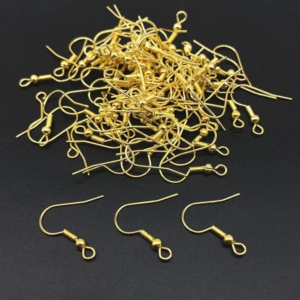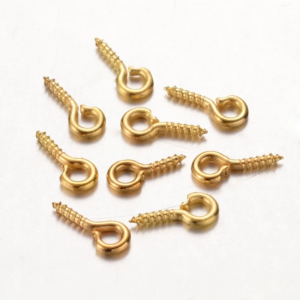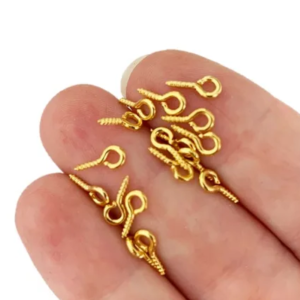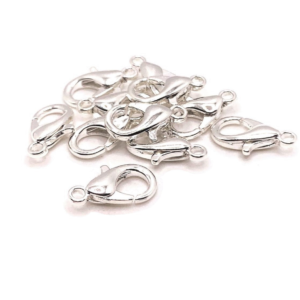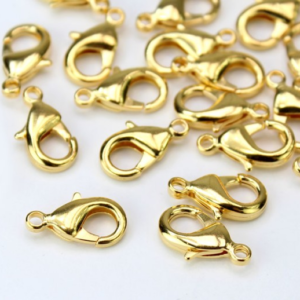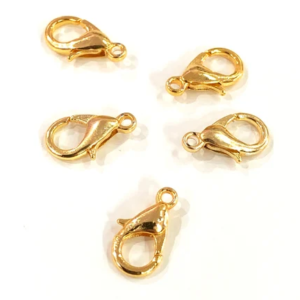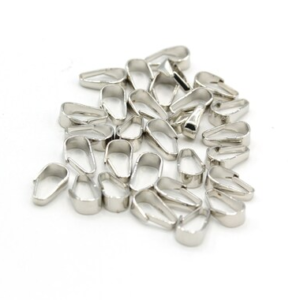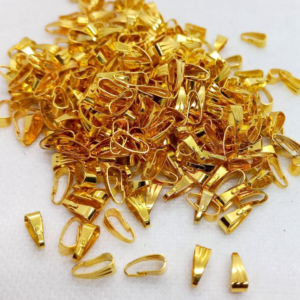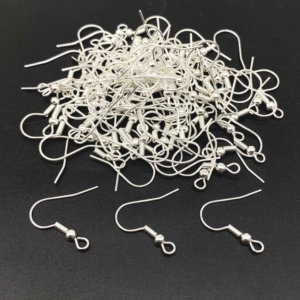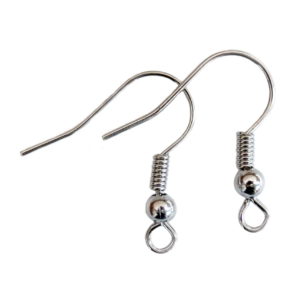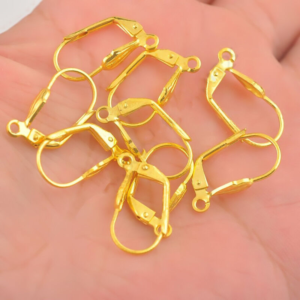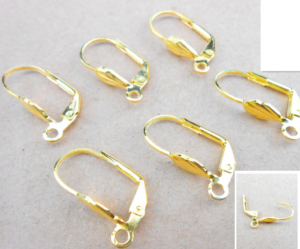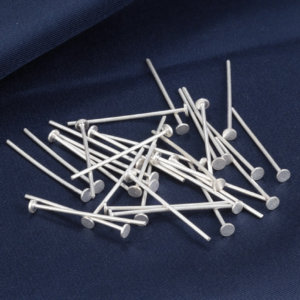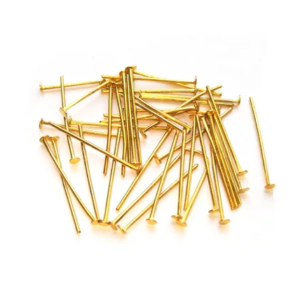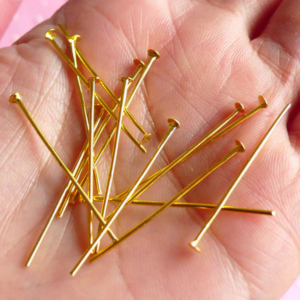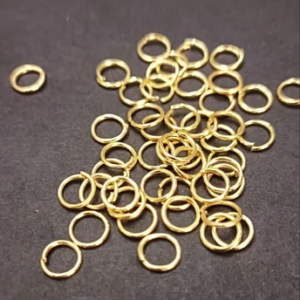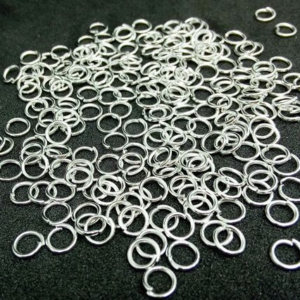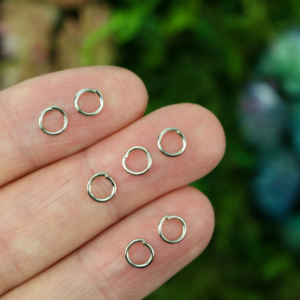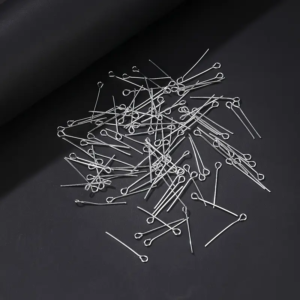Polymer clay is a fantastic medium for artists, crafters, and hobbyists. However, before you can start sculpting, shaping, or creating intricate details, …

Oven-Bake Polymer Clay
MODELLING MATERIAL
OVEN HARDENING
MODELLIER MASSE
OFEN HÄRTEND
PÂTE À MODELER
À CUIRE
POLYMER CLAY
-
Klay On Plus Polymer Clay Oven Bake Single Color Block – 100g
₨ 500 – ₨ 550Price range: ₨ 500 through ₨ 550 -
Klay On Plus Polymer Clay Oven Bake Single Color Bar – 25g
₨ 140 – ₨ 170Price range: ₨ 140 through ₨ 170
CLAY CUTTERS
-
₨ 1,500
-
₨ 1,010
-
₨ 250 – ₨ 800Price range: ₨ 250 through ₨ 800Select options This product has multiple variants. The options may be chosen on the product page
-
₨ 288 – ₨ 760Price range: ₨ 288 through ₨ 760Select options This product has multiple variants. The options may be chosen on the product page
-
₨ 440 – ₨ 600Price range: ₨ 440 through ₨ 600Select options This product has multiple variants. The options may be chosen on the product page
-
₨ 560
-
₨ 540
-
₨ 500
-
₨ 470
-
₨ 470
-
₨ 250 – ₨ 440Price range: ₨ 250 through ₨ 440Select options This product has multiple variants. The options may be chosen on the product page
-
₨ 440
-
₨ 440
-
₨ 420
-
₨ 420
-
₨ 410
-
₨ 400
-
₨ 400
-
₨ 400Select options This product has multiple variants. The options may be chosen on the product page
-
₨ 390
-
₨ 380
-
₨ 380
-
₨ 375
-
₨ 150 – ₨ 340Price range: ₨ 150 through ₨ 340Select options This product has multiple variants. The options may be chosen on the product page
-
₨ 200 – ₨ 336Price range: ₨ 200 through ₨ 336Select options This product has multiple variants. The options may be chosen on the product page
-
₨ 330
-
₨ 320
-
₨ 320
-
₨ 320
-
₨ 300
JEWELRY MAKING SUPPLIES
-
Flat Ear Studs Silver 8mm – Pack of 24 / 100
₨ 50 – ₨ 200Price range: ₨ 50 through ₨ 200Select options This product has multiple variants. The options may be chosen on the product page -
Flat Ear Studs Golden 8mm – Pack of 24 / 100
₨ 50 – ₨ 200Price range: ₨ 50 through ₨ 200Select options This product has multiple variants. The options may be chosen on the product page -
Ballwire Fish Earring Hooks Gold – Pack of 48 / 100
₨ 70 – ₨ 130Price range: ₨ 70 through ₨ 130Select options This product has multiple variants. The options may be chosen on the product page -
Mini Loop Golden Screw Eye Pins 8mm x 4mm – Pack of 48
₨ 150Original price was: ₨ 150.₨ 100Current price is: ₨ 100. -
Trigger Lobster Claw Clasp Silver 6mm Connector – Pack of 24
₨ 120Original price was: ₨ 120.₨ 75Current price is: ₨ 75. -
Trigger Lobster Claw Clasp Gold 6mm Connector – Pack of 24
₨ 120Original price was: ₨ 120.₨ 75Current price is: ₨ 75. -
Pendant Bail Silver – Pack of 48
₨ 150Original price was: ₨ 150.₨ 70Current price is: ₨ 70. -
Pendant Bail Gold – Pack of 48
₨ 150Original price was: ₨ 150.₨ 70Current price is: ₨ 70. -
Ballwire Fish Earring Hooks Silver – Pack of 48
₨ 120Original price was: ₨ 120.₨ 70Current price is: ₨ 70. -
Leverback Earring Hooks Gold – Pack of 12
₨ 120Original price was: ₨ 120.₨ 50Current price is: ₨ 50. -
Flathead Hat Pins Silver – 20mm – 10g Pack for Jewelry Making
₨ 80Original price was: ₨ 80.₨ 50Current price is: ₨ 50. -
Flathead Hat Pins Golden 30mm – 10g Pack for Jewelry Making
₨ 80Original price was: ₨ 80.₨ 50Current price is: ₨ 50. -
Jump Rings Golden – 4,5,6,7,8mm Jewelry Making 10g Pack
₨ 80Original price was: ₨ 80.₨ 50Current price is: ₨ 50.Select options This product has multiple variants. The options may be chosen on the product page -
Jump Rings Silver – 4,5,6,7,8mm Jewelry Making 10g Pack
₨ 80Original price was: ₨ 80.₨ 50Current price is: ₨ 50.Select options This product has multiple variants. The options may be chosen on the product page -
Eye Pins Silver – Jewelry Making 10g Pack
₨ 80Original price was: ₨ 80.₨ 50Current price is: ₨ 50.
INSTRUCTIONS & HOW TO USE
Warning:
For ages 7 years and onwards. For use under adult supervision.
Content:
Klay-On!TM Plus Oven-Bake Polymer Clay is a specially formulated type of plastic material.
PLUS Features:
- Increased Strength
- Flexible Baking Temperature Range
- Higher Heat Tolerance
- Texture Retention after baking
- Matte Finish
- Easy to work with
General Use & Safety:
- Do not place in the mouth.
- Do not place modelling clay on furniture or finished surfaces.
- Do not exceed the temperature beyond 170oC or harmful gases maybe produced.
Storage:
Store Klay-On!TM covered with aluminum foil, Ziploc or in cling film (PE) at room temperature.
Useful Suggestions:
- Work area, hands and tools should be clean as the clay easily gets dirty.
- Glass or metal surface, disposable foil, or wax paper are good working surfaces.
- Do not place unbaked clay on finished surfaces, furniture, flooring, carpeting or fabric.
- Work from light colors to dark colors.
- Knead clay until soft and smooth. Shape and tool into desired form.
- Pieces thicker than 12mm (1/2”) are prone to cracking when baked and should be ‘bulked out’ with crumpled aluminum foil or armature wire.
- To clean hands use thinner or alcohol swab, and then use soap and water.
- Pre-heat the oven, bake Klay-On!TM polymer clay on a temperature setting of 150o
- The clay should bake for 30 minutes for each 6mm (1/4”) of thickness.
- Do not Microwave.
- Klay-On!TM Plus will only be completely hardened when cooled down to room temperature.
- The clay may darken slightly after baking.
- Once cool, baked pieces become hard and can be polished, sanded, drilled, carved and painted with 100% acrylic paints.
- If using oil-based paints or water-based acrylics, the items can be sealed with a glaze before or after painting.
- Pottery or dishes made with polymer clays should be used for decorative purposes only, not with food, beverages or smoking materials.
- To connect Klay-On!TM Plus with metal parts or repair broken parts, use epoxy glue.

